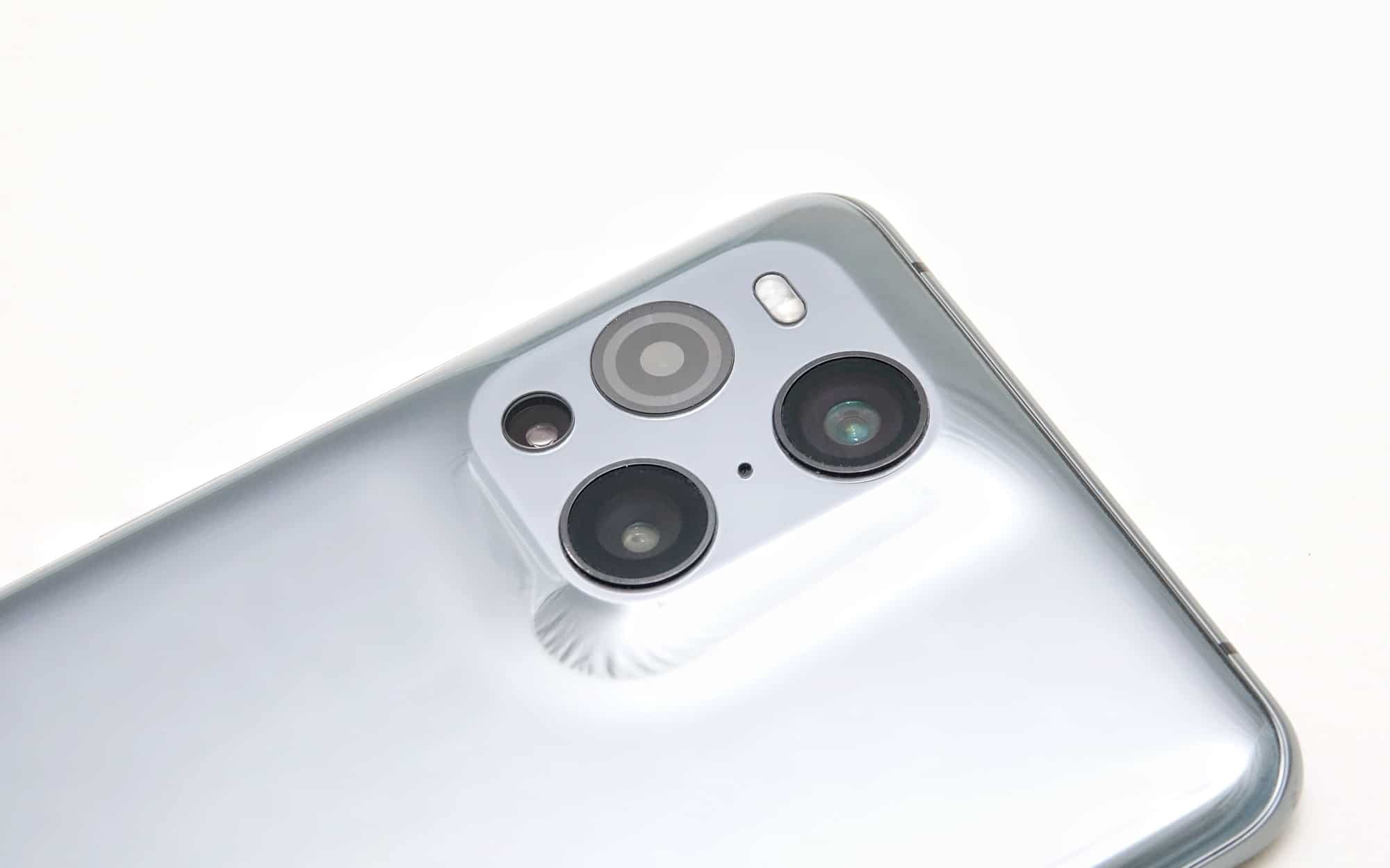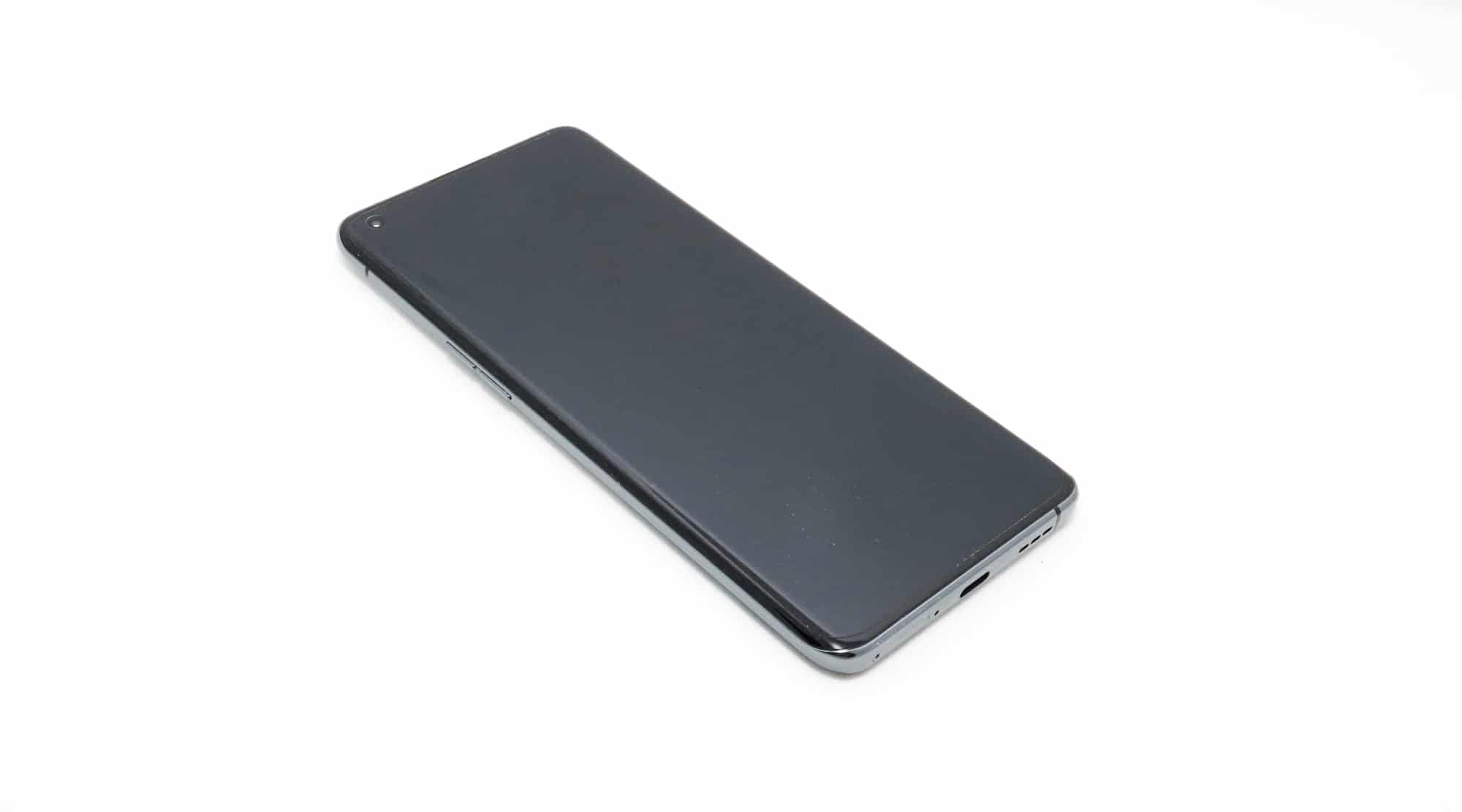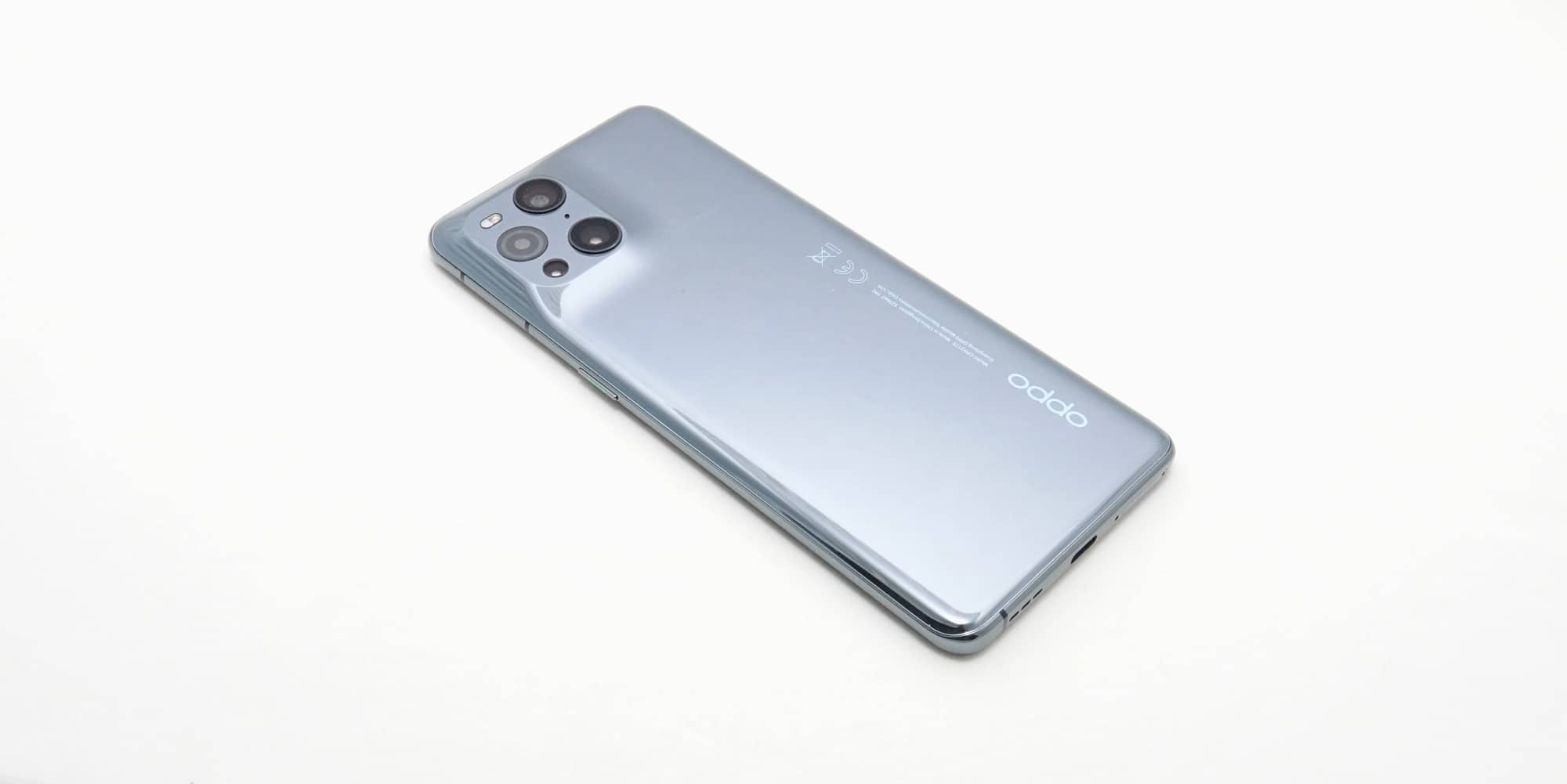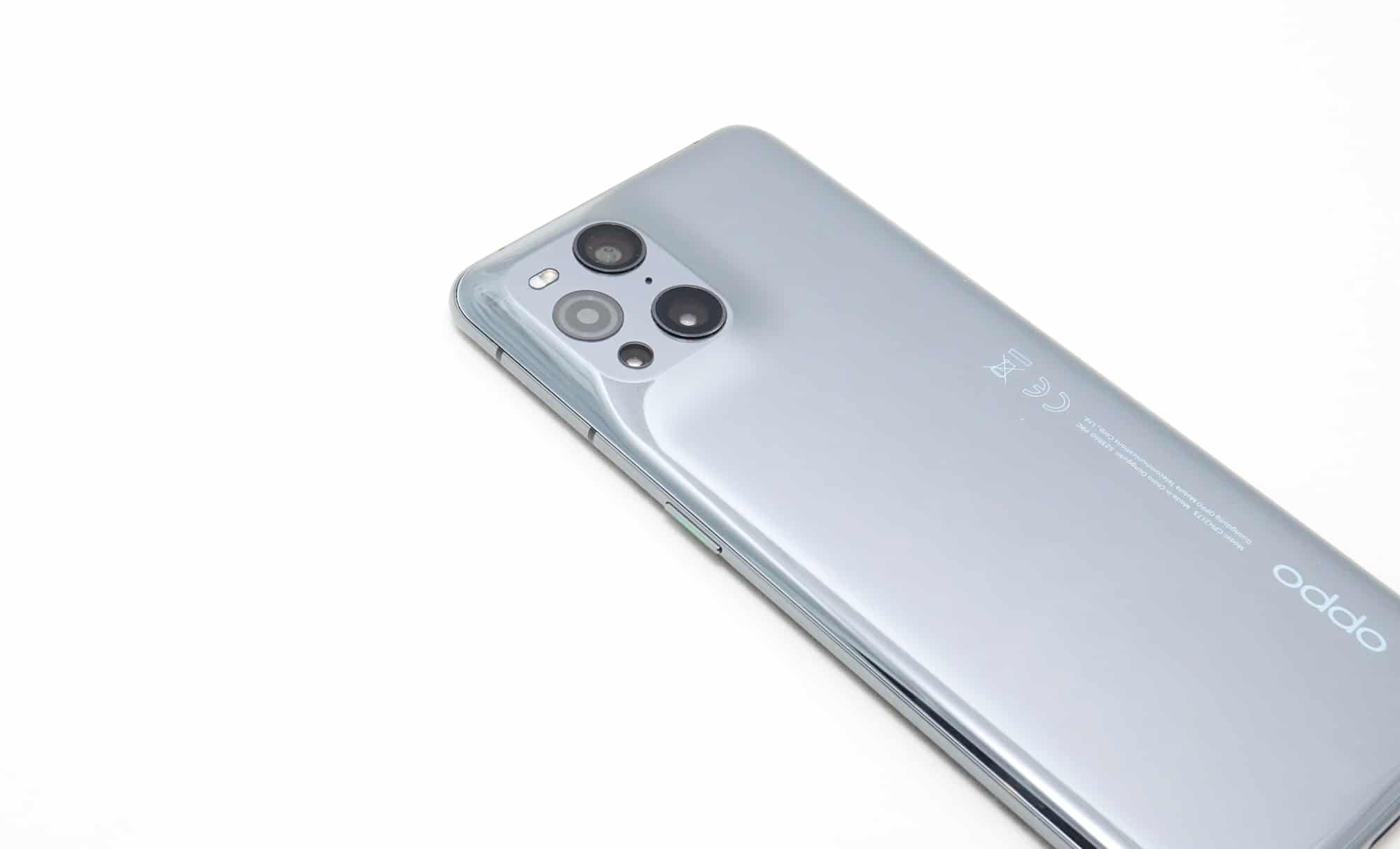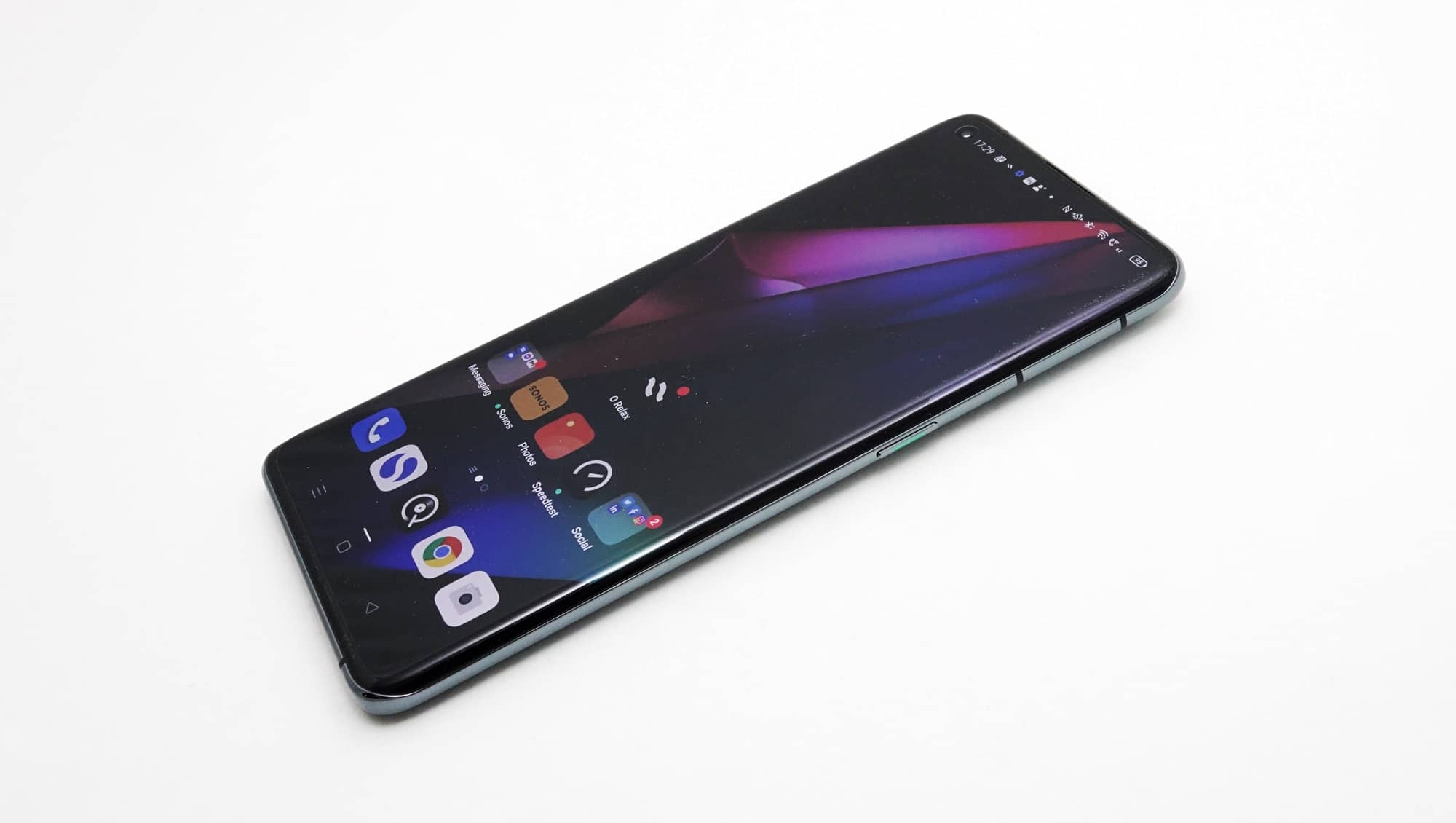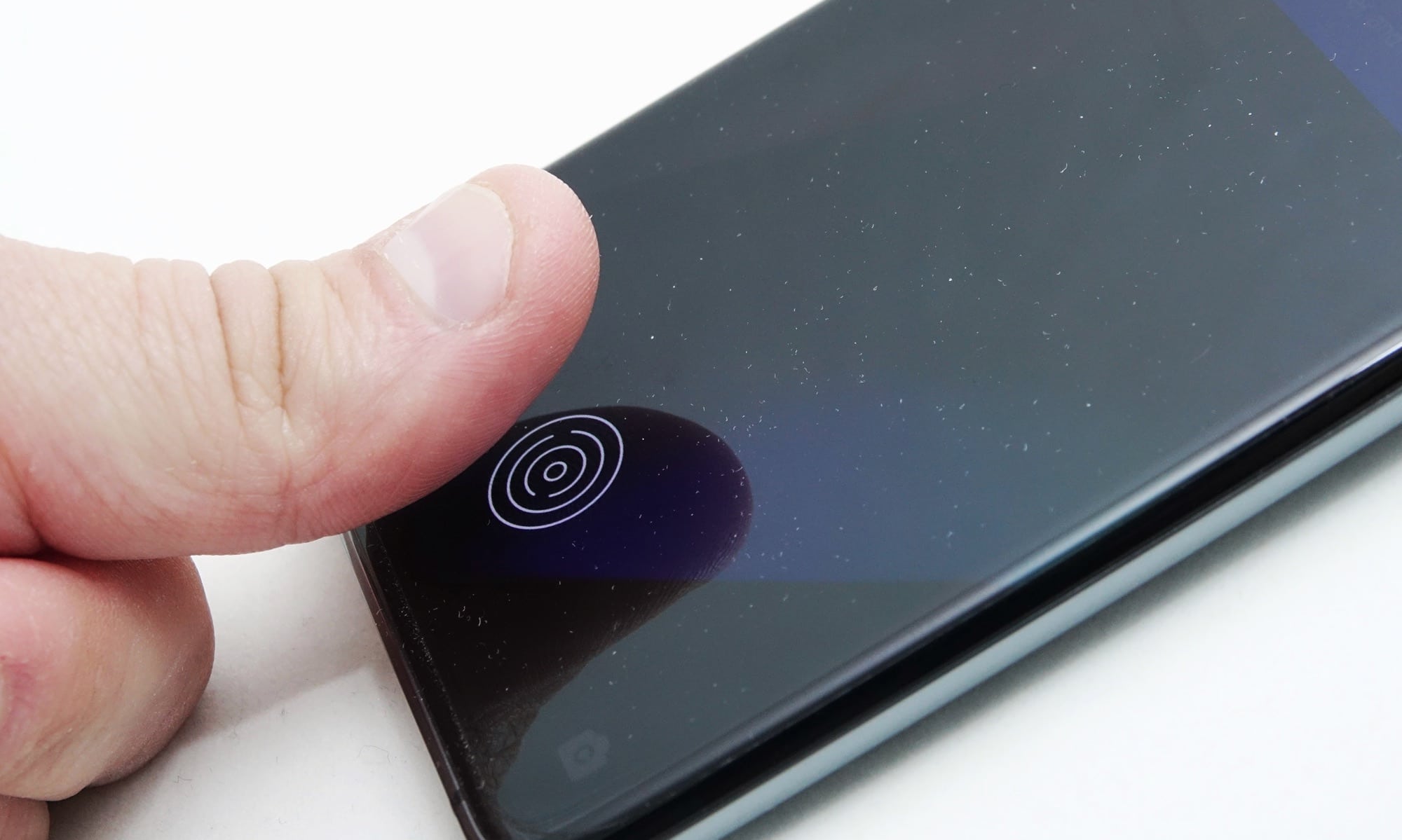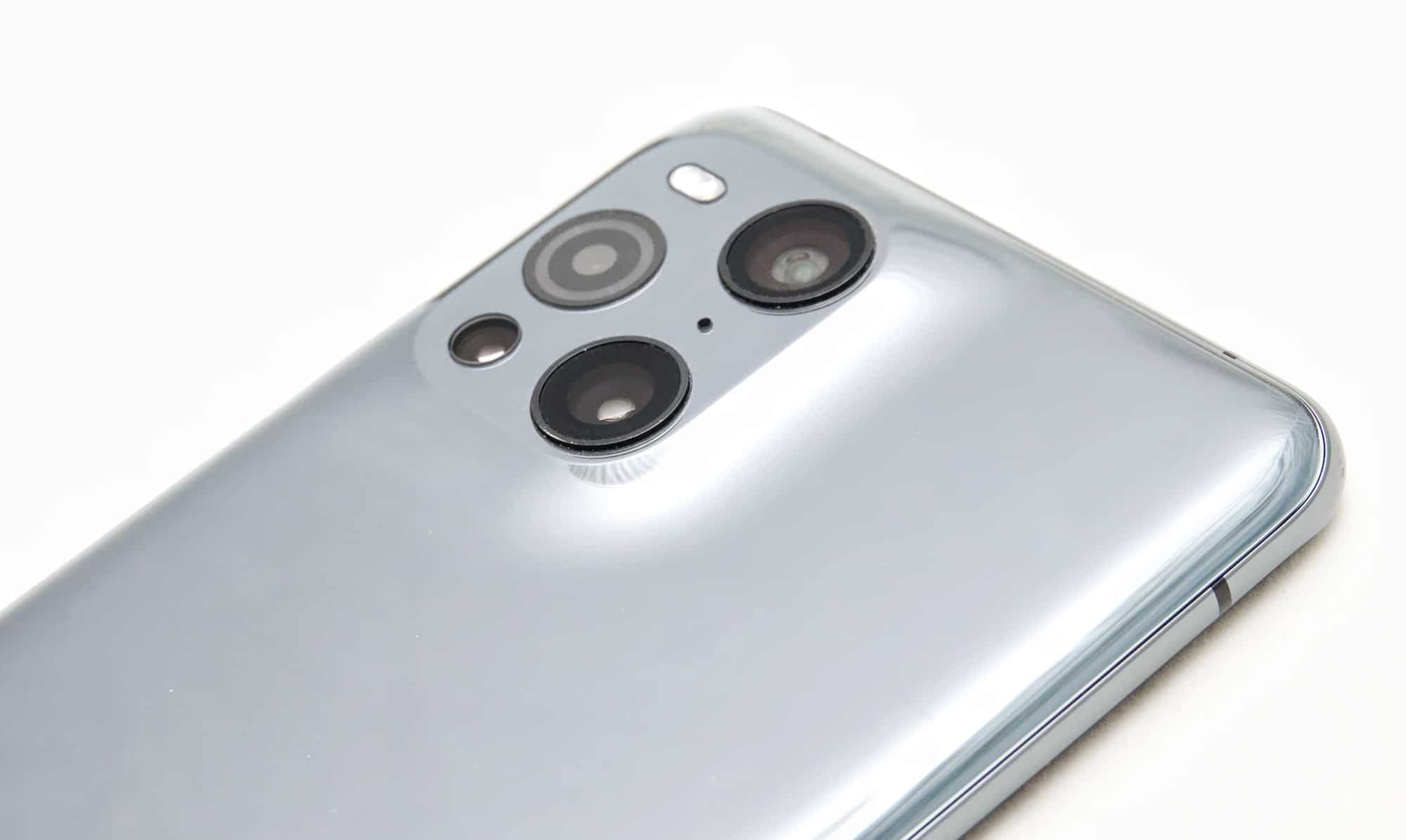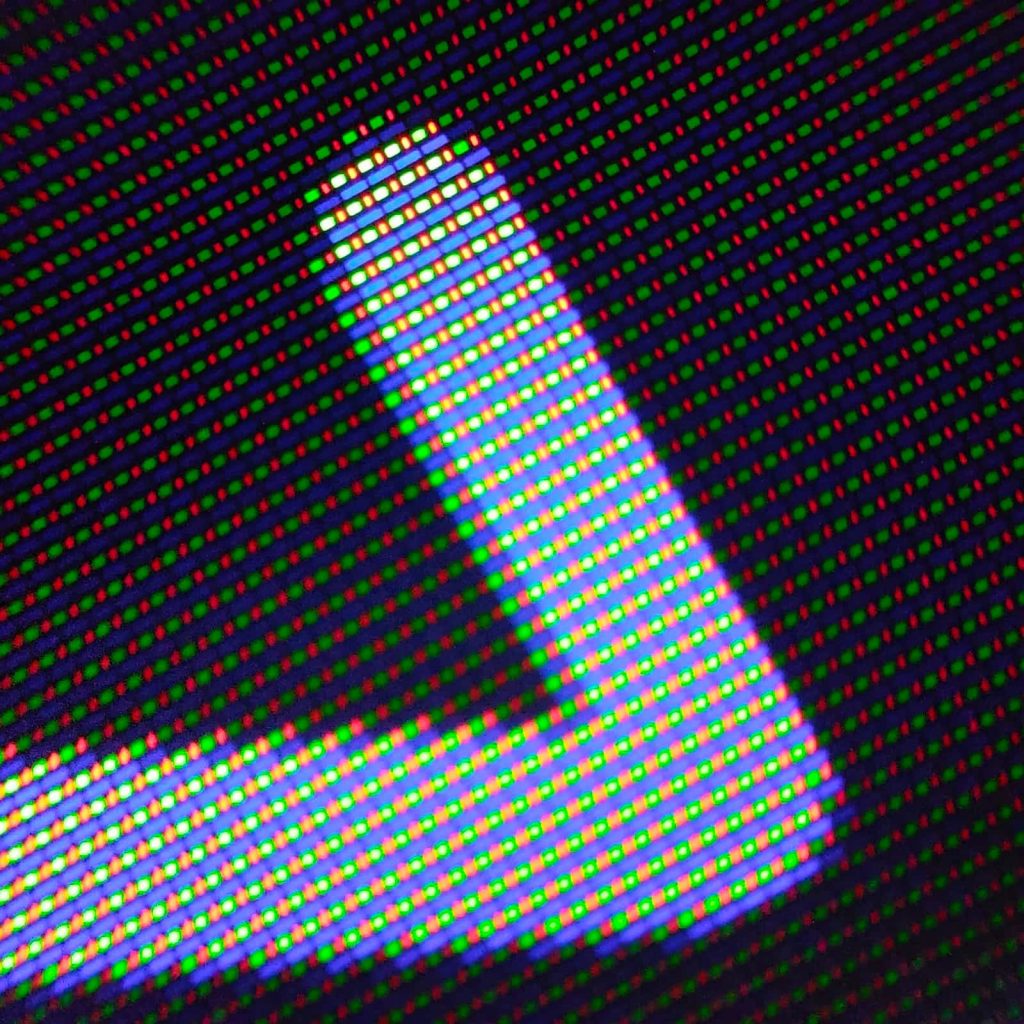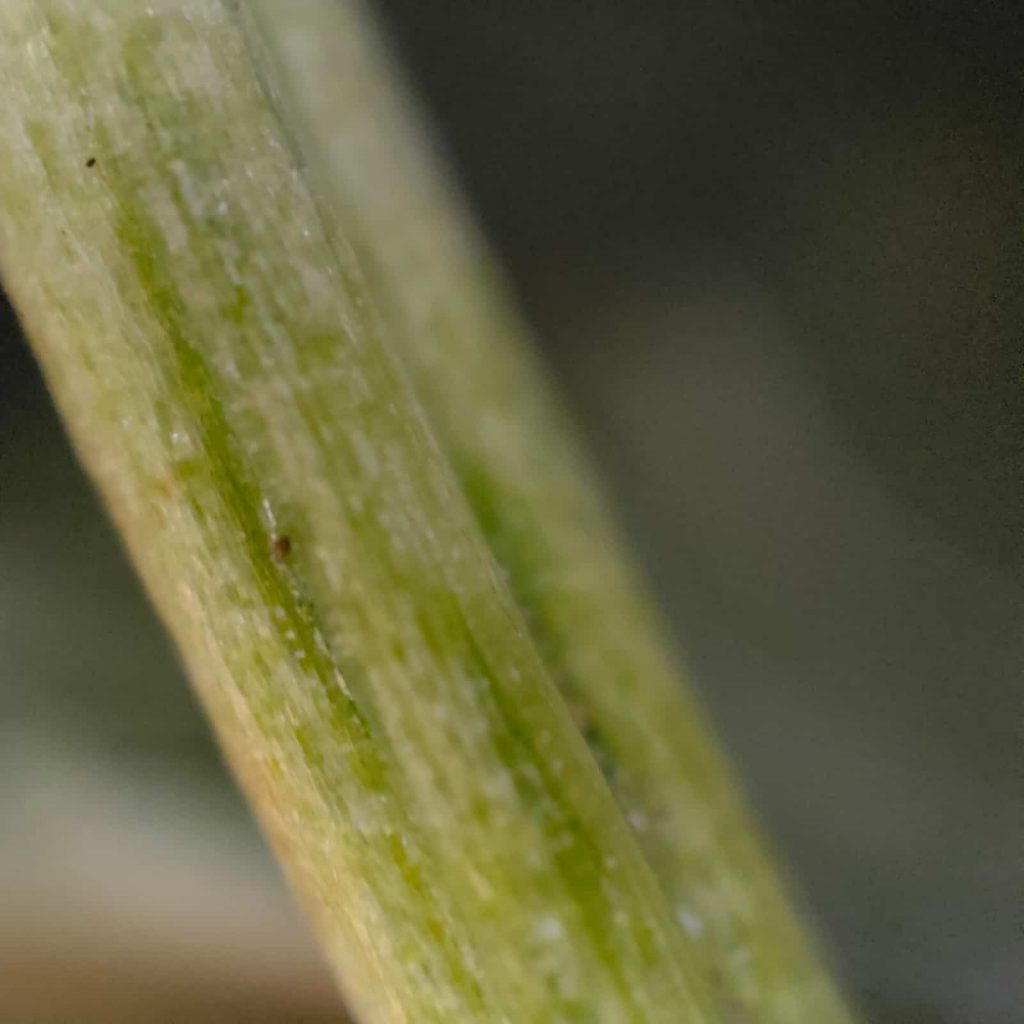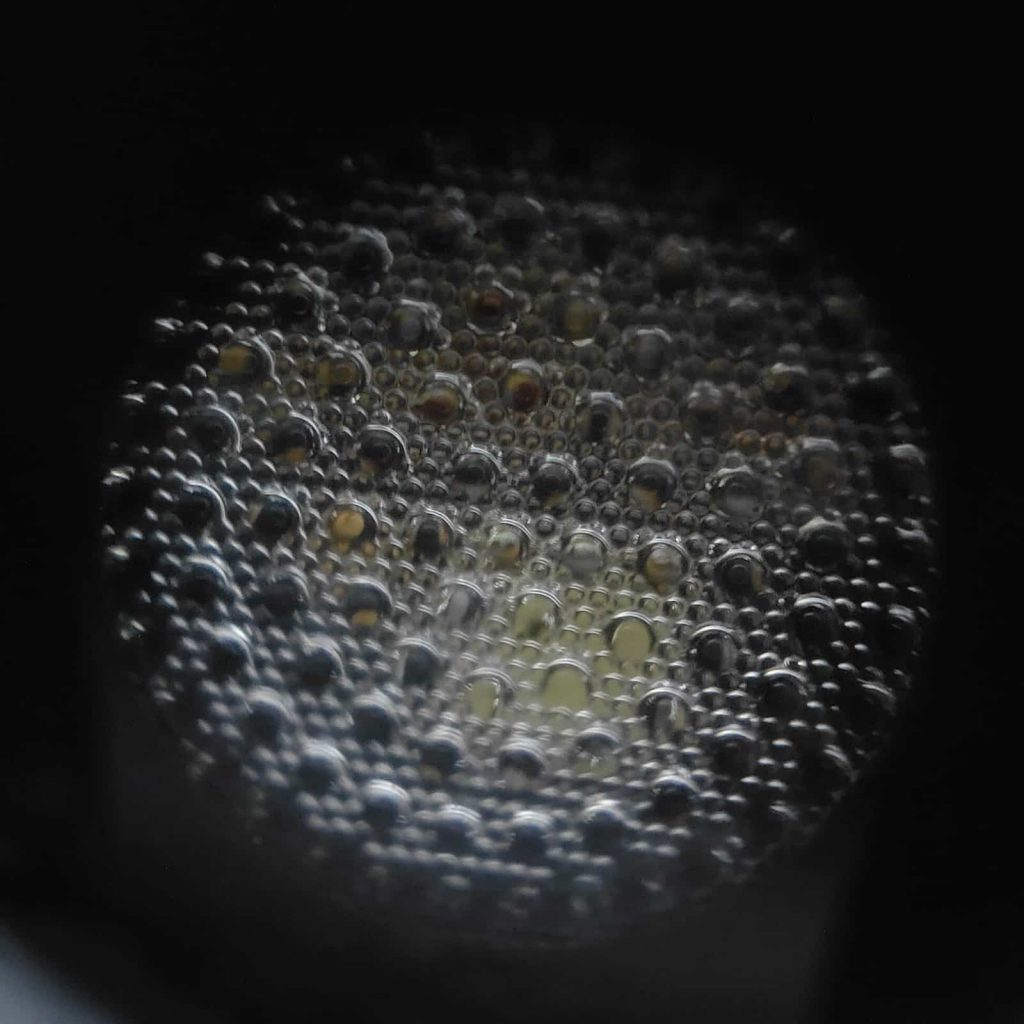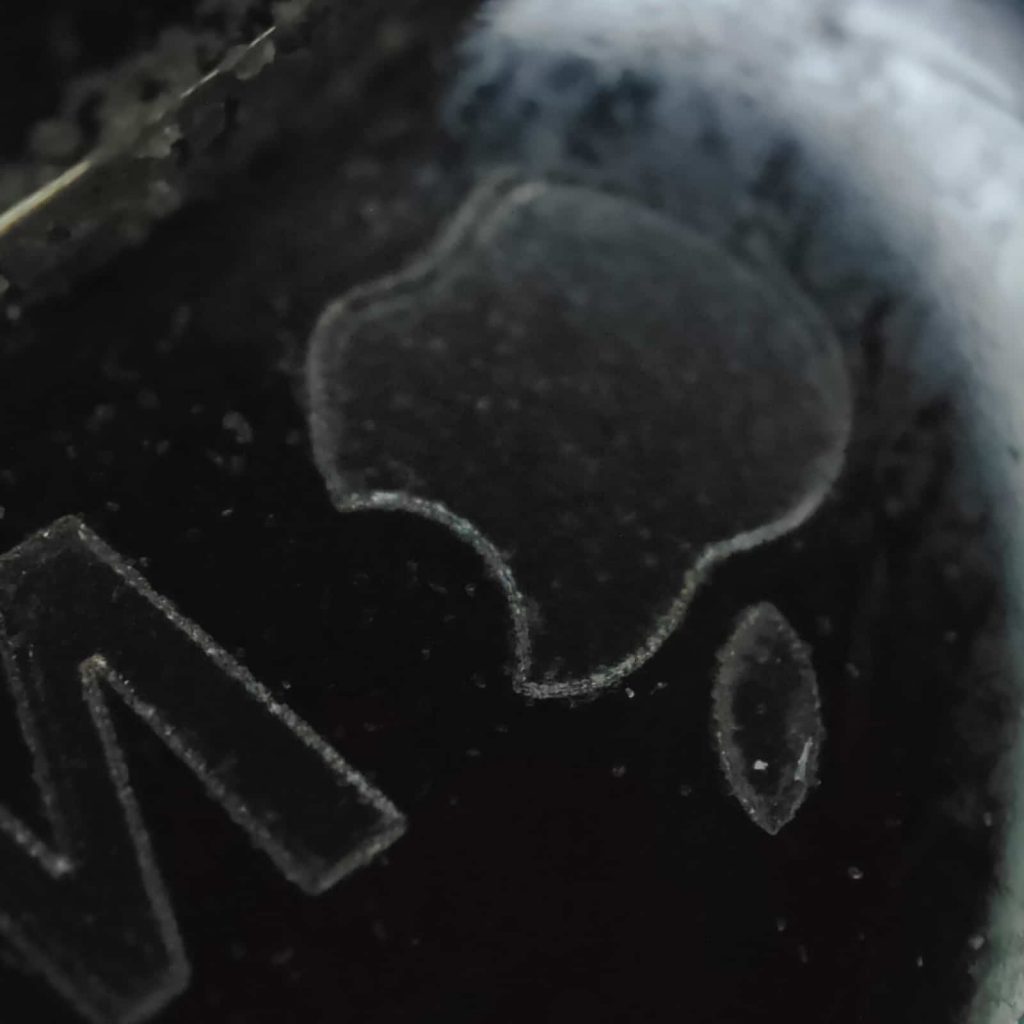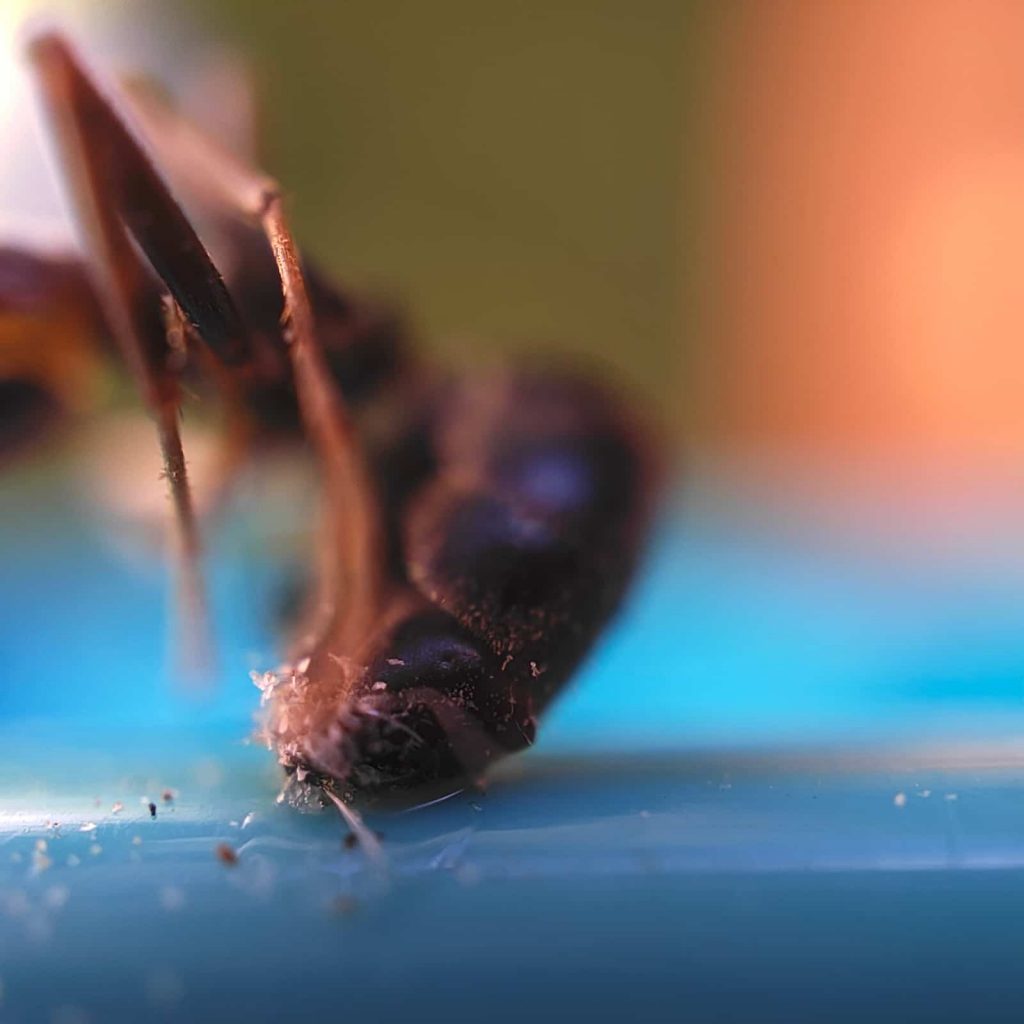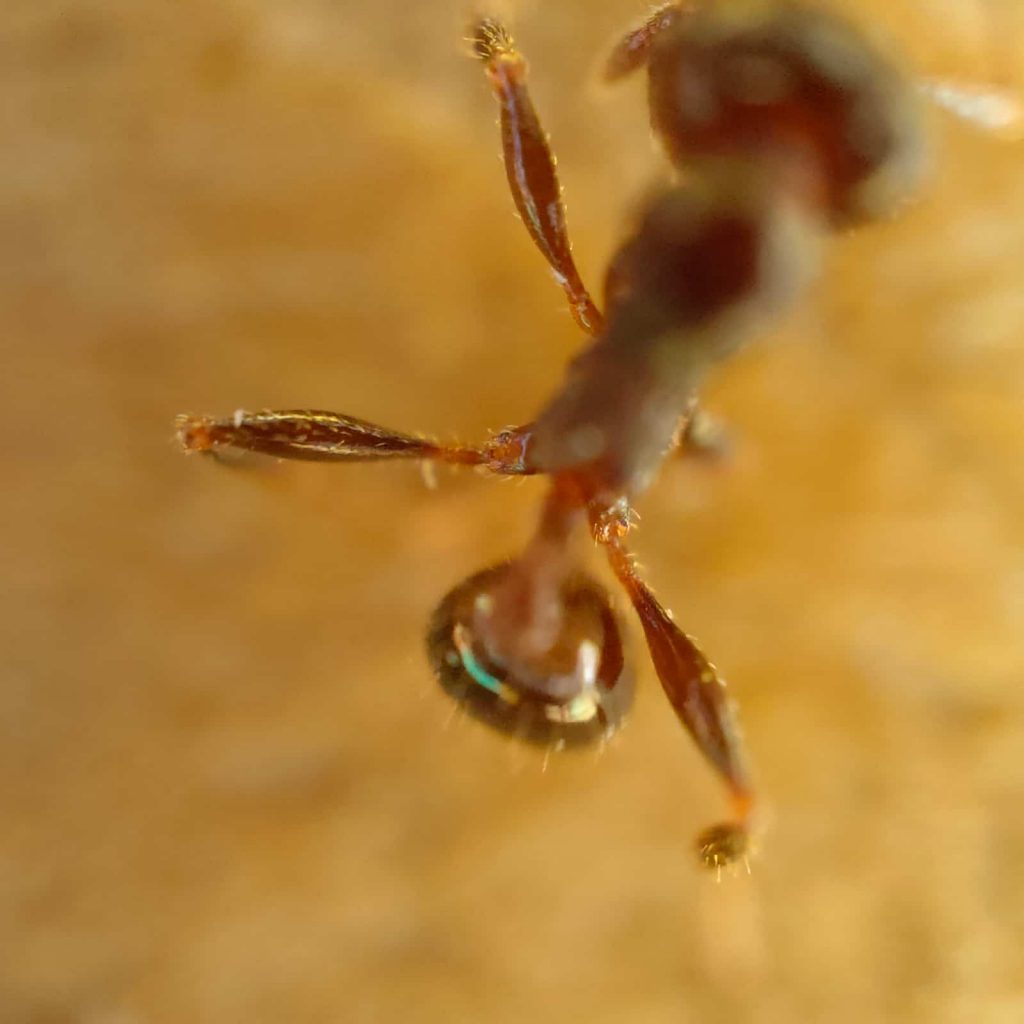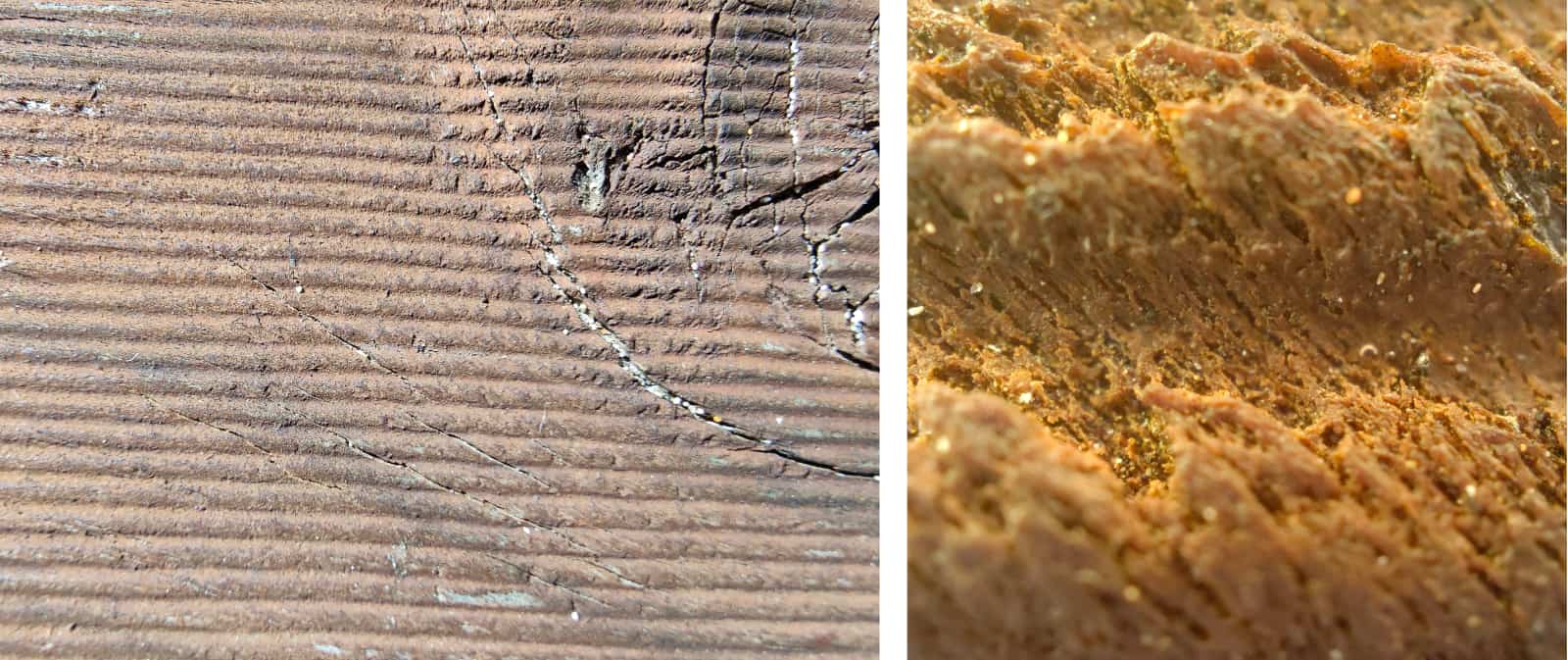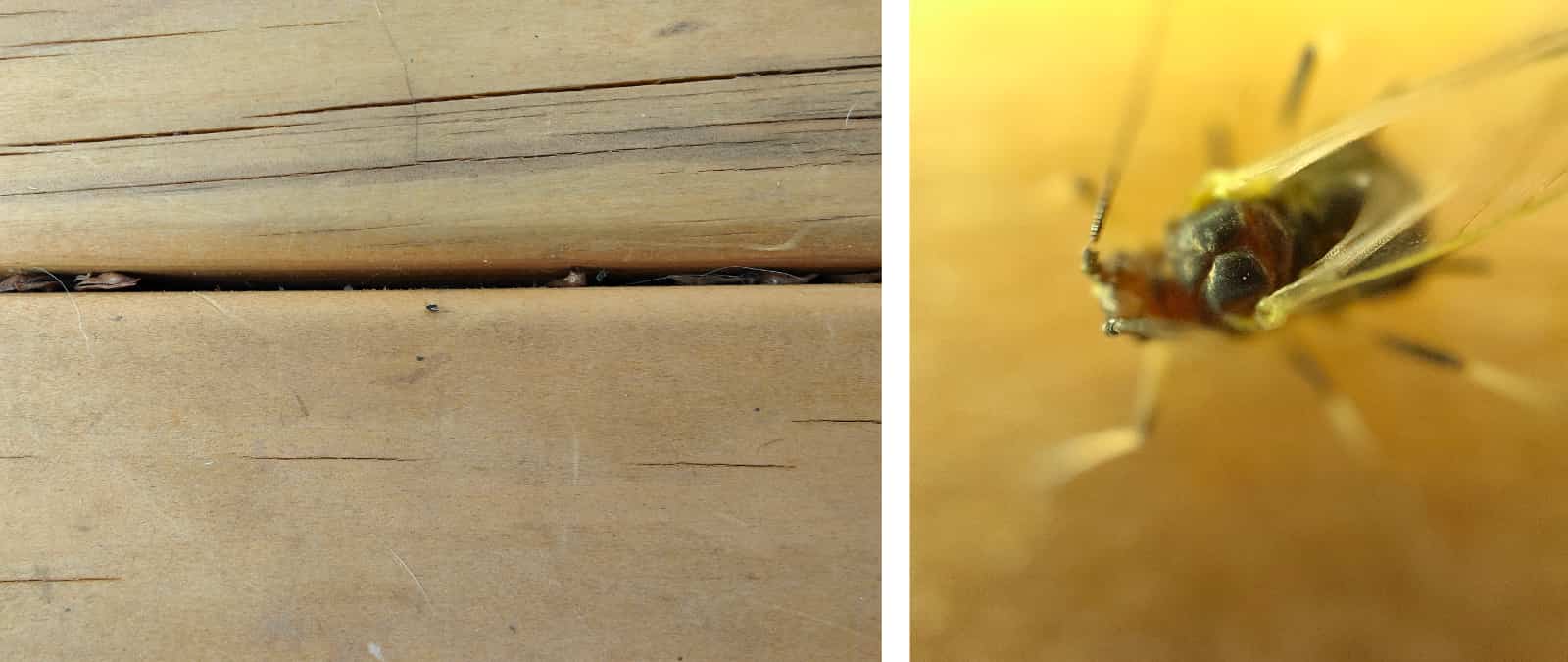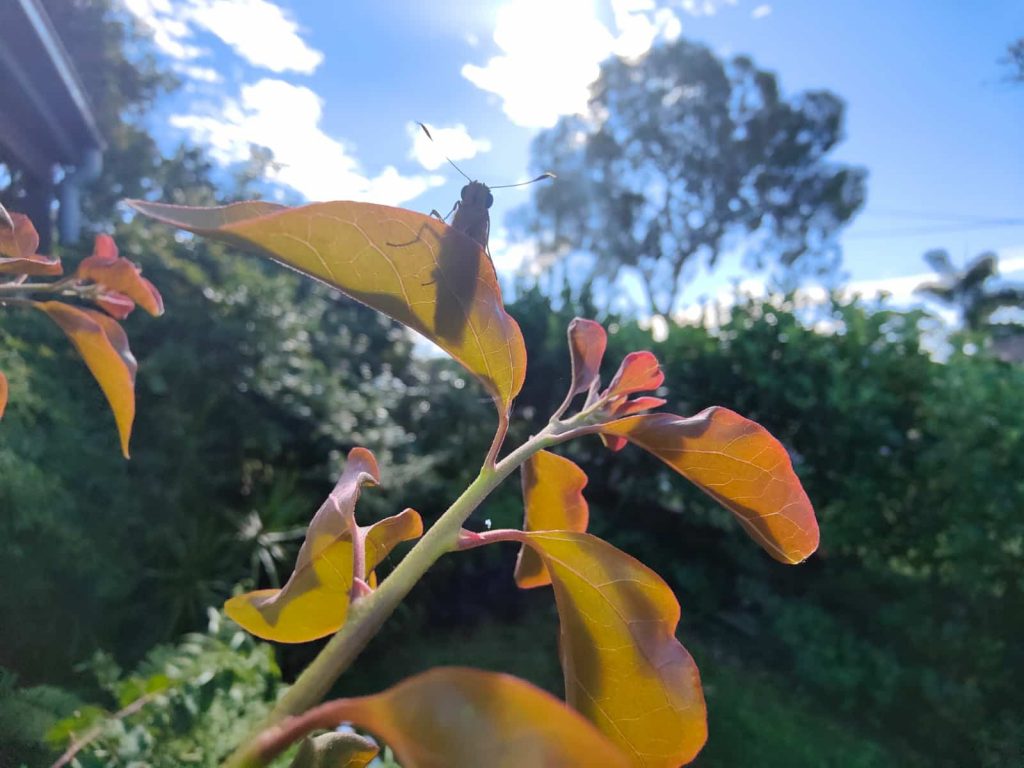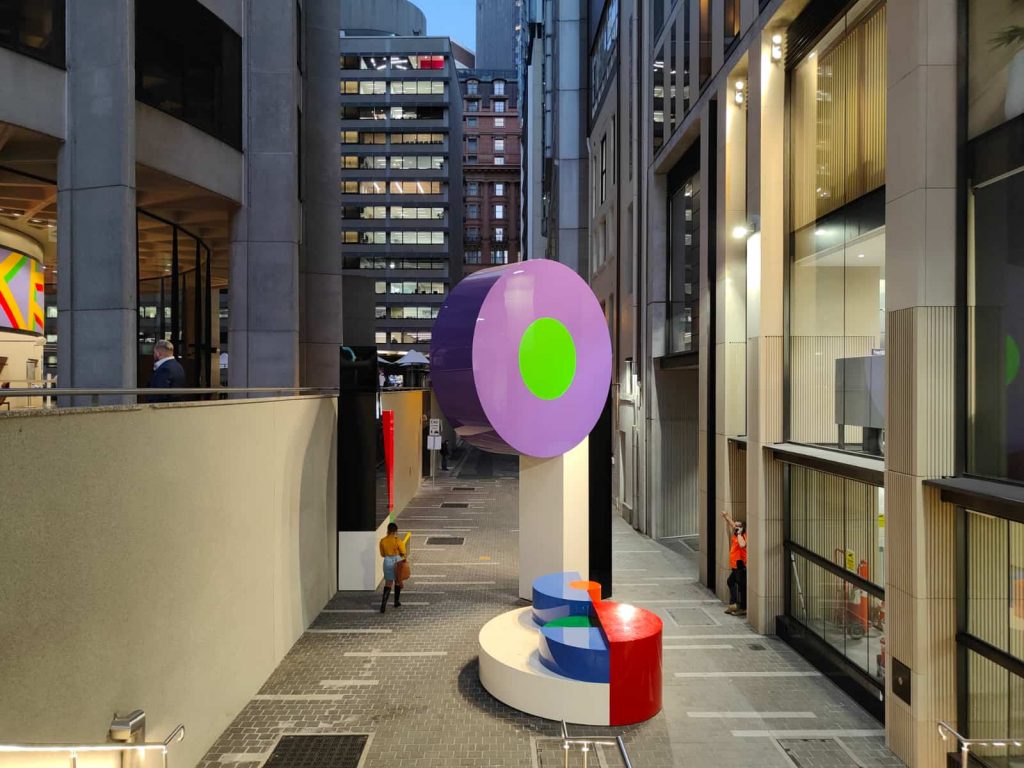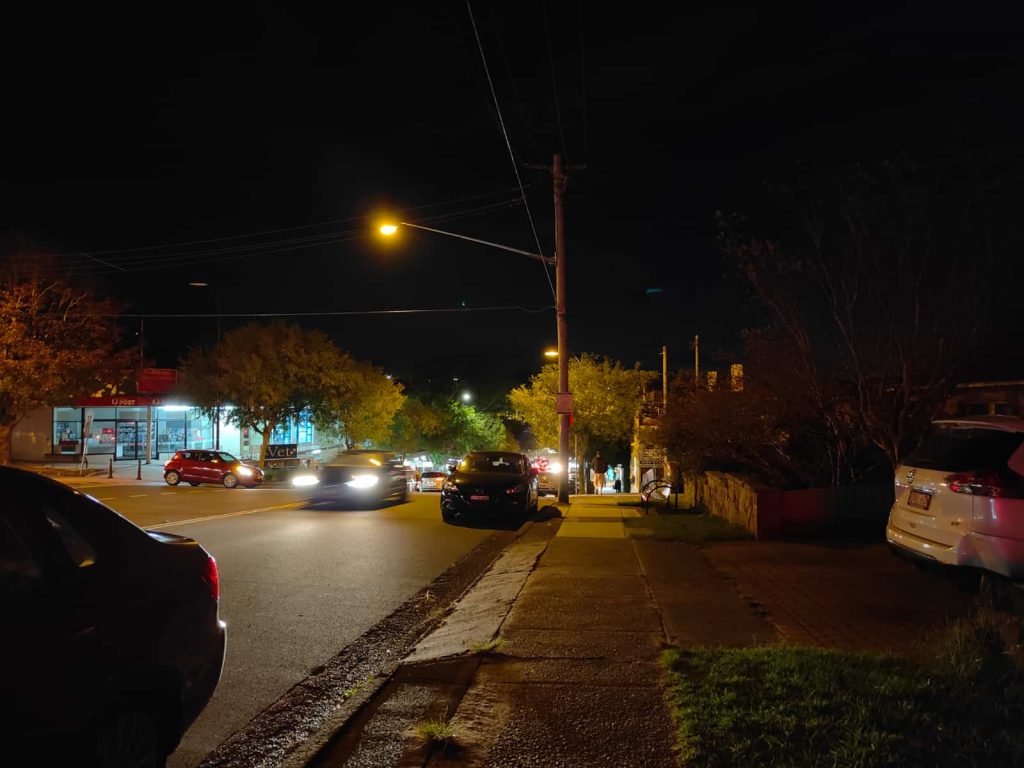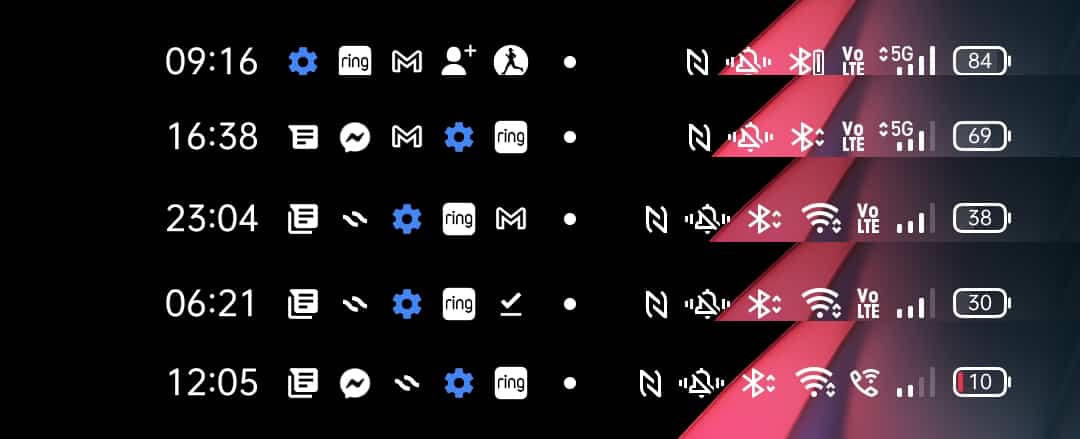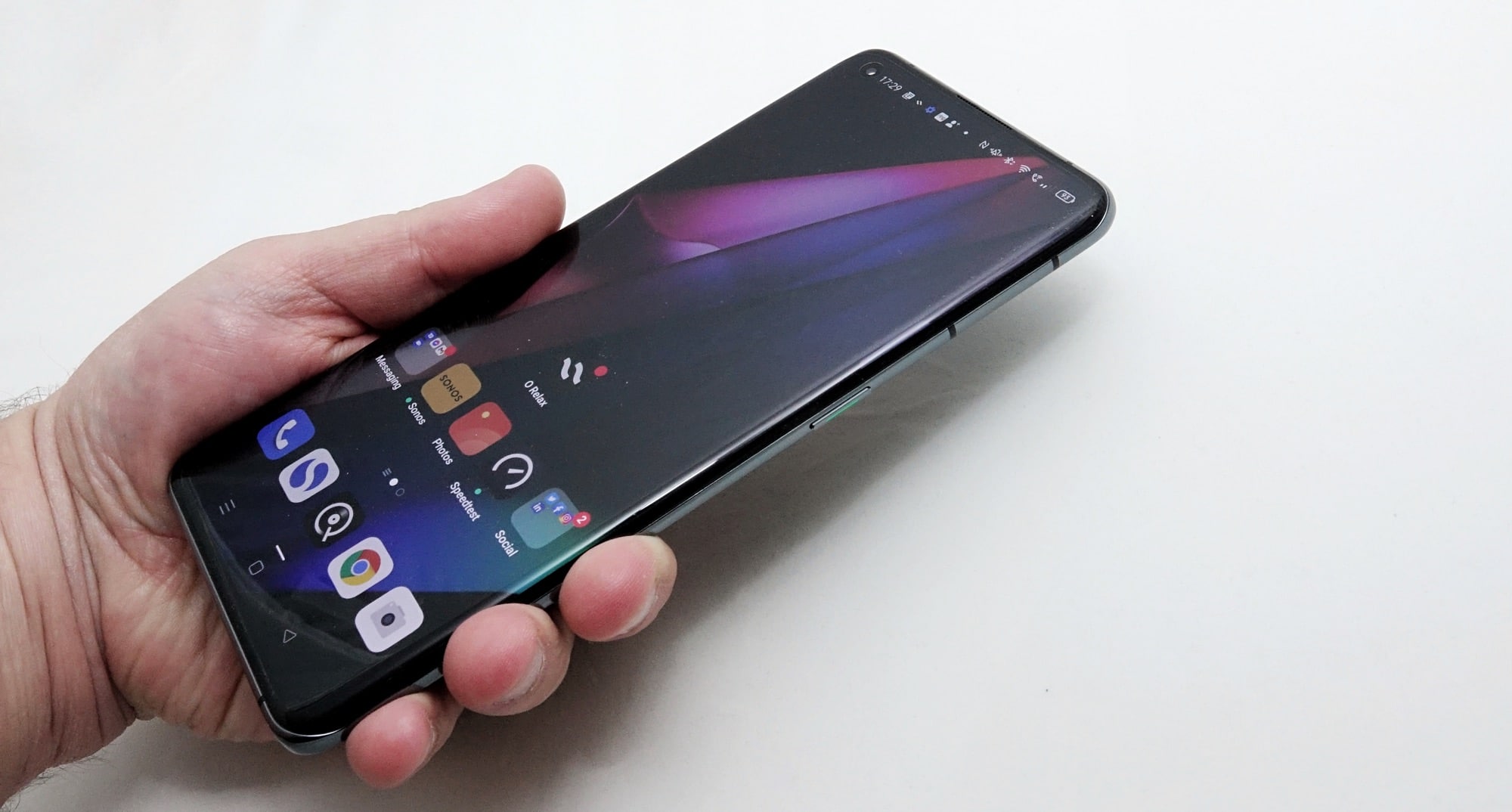Quick review
The good
The not-so-good
A wild new smartphone appears, as Oppo brings the looks and something new to the Find X3 Pro. Is it the best Android this year?
There’s a new phone out, and it’s one built to impress. After seeing Samsung’s trio of Galaxy models, and waiting for something else to appear, Oppo is ready for that 2021 fight for the best phone with its own take on the best.
Following on from last year’s Find X2 Pro, the 2021 return comes in the Find X3 Pro, a super shiny smartphone that doesn’t just marry the looks with a big screen, but brings a feature no other smartphone has: a camera that works as a microscope.
There’s more going on under the hood of the Find X3 Pro, so is this the best Android of the year, and can it take on Samsung’s best in show, the S21 Ultra? Let’s find out.
Design
First off, let’s start with the design, because it heralds the gradual evolution that Oppo is taking.
Once a maker of iPhone clones, Oppo has grown to be something much, much more interesting, and between the Reno and Find X design trait, it’s been interesting to see the company grow.
Last year’s Find X2 Pro was a sleek phone with a choice of either cool orange vegan leather or the shiny silver back and a clear camera bump, but in 2021, the look is sleek and shiny, almost as if The Terminator’s bad guy, the liquid metal T-1000, had become the phone itself. The glossy black look is more of a platinum finish that oozes design appeal.
Forget about the edges or ridges left by the camera bump on competitors, because the Find X3 Pro doesn’t have it. Rather, it slopes up in the top to meet the camera bump, while the rest of the phone is smooth and relatively thin, measuring 8.26mm and curving the screen with the body.
Features
Inside that sleek style and under the hood, Oppo has endowed the Find X3 Pro with some high-end parts that pretty much sit at in flagship territory, staking their claim loudly and proudly.
While Samsung opted for the Exynos processor in Australia in its S21 range, Oppo is instead going for the Qualcomm Snapdragon 888 launched at the end of last year, what is basically the high-end mobile chip for 2021.
Oppo has paired that chip with 12GB RAM and 256GB storage, though there’s no way of upgrading the storage in the X3 Pro, with no microSD slot found on this phone. Google Android 11 comes on the Find X3 Pro out of the box, flavoured with Oppo’s ColorOS 11.
Unsurprisingly, cameras are a rather large focus of this phone, as they are with pretty much any phone these days, supporting a four camera system made up of a 50 megapixel F1.8 standard wide camera, a 50 megapixel F2.2 ultra-wide camera, a 13 megapixel F2.4 telephoto camera, and a 3 megapixel F3.0 microscope camera.
Officially, Oppo lists the 13 megapixel telephoto as including 5x hybrid optical zoom, which is a bit confusing, as hybrid zoom blends digital and optical. Meanwhile, the 3 megapixel microscope camera offers a super close 30x magnification with a very short focusing range, and comes with its very own light ring and can capture in Full HD. The rest of the Find X3 Pro camera system can handle up to 4K.
At the front, there’s a 1080p video mode for a 32 megapixel F2.4 selfie camera.
And all of this can be found on a phone that works with more or less the latest wireless standards, with the Find X3 Pro supporting 802.11a/b/g/n/ac/ax WiFi 6, Bluetooth 5.2, GPS, Near-Field Communication (NFC) for Google Pay, 5G mobile connectivity, and uses the USB Type C port at the bottom for both charging, data, and audio, with the headphones still included in the box, unlike some the iPhone 12 range and the Galaxy S21 Ultra.
The Oppo Find X3 Pro includes facial recognition and fingerprint unlocking built into the screen, and encases two batteries of 2200mAh and 2250mAh for a combined total of 4450mAh, which for some reason Oppo says provides an equivalent capacity of 4500mAh. Charging is supported by Oppo’s SuperVOOC 2 system, capable of charging as much as 65W, making it a fast charger, while wireless charging is supported at 30W with a compatible AirVOOC charger. All of this can be found in a water resistant body, rated for IP68 water and dust resistance.
Display
And it all sits under a 6.7 inch screen that manages to feel smaller than its size might suggest, thanks to just how much of the phone it takes up. There’s a slight lip and bezel, but with a screen ratio of 92.7 percent, the display is close to being all-encompassing, for sure.
Display-wise, there’s better than normal resolution of 3126×1440, a resolution that is better than the typical Full HD+ we’re used to seeing, and throws it firmly in Quad HD+, complete with pixel clarity of 525 pixels per inch. Enjoy peeping those pixels up close, folks, and there’s a decent refresh rate, too, with a fast 120Hz display.
The screen type is also AMOLED, so expect some lovely blacks and vibrant colours, too, with support for one billion colours (10-bit).
Sufficed to say, the Oppo Find X3 Pro delivers a beautiful display, and rivals some of the best phones out there. You won’t be disappointed with the screen Oppo has chosen for this phone.
In-use
On the phone itself, Oppo is using Google’s Android 11, but skinned with its ColorOS 11, which is more like Google’s vision of Android, but also not. It still has the odd quirk at times, such as home screens temporarily disappearing, but for the most part, it’s an easy phone to use, with Android being Android, plus the extra features Oppo brings to the table.
It means you’ll get Oppo’s “O Relax” app, among others, plus a bunch of features for games and download monitoring, but more importantly, you get a few ways to revive the phone from standby.
The obvious way is with a PIN or passcode, but you can also opt for facial security and a fingerprint login, the latter of which is built into the screen.
As for reliability, we found the facial login more reliable than the fingerprint, though there was nothing that made the fingerprint any worse than other phones we’ve tested prior. Rather, it was good enough, but would typically need two or more tries for the fingerprint scanner to pick up your digits and let you in.
Register you face and you’ll get let in to your phone a little faster, that much we can attest to on the X3 Pro.
Performance
Once you’re in, the speed of the X3 Pro is pretty solid all round, whether you’re talking about the phone’s performance for apps and such, or if you’re going online with 5G.
The Find X3 Pro caters for both with some pretty cutting edge tech in 2021, delivering the Snapdragon 888 and 12GB RAM, which is more than enough for pretty much any app or game these days, while the 5G handles itself clearly.
We found little to no lag amongst our time with the X3 Pro, while 5G was able to hit speeds as high as 450Mbps in our tests on the Telstra 5G network in Sydney, Australia.
Camera
The next big section to look at is the camera, because that’s probably one of the most unique aspects of the Find X3 Pro. In fact, it’s typically one of the more unique aspects of any phone these days.
As smartphones tend to blend together and try to one-up each other, it’s in the camera where companies typically try to be different.
For instance, in the iPhone 12 Pro Max, Apple rolled out a technology no other phone offered, with a “sensor shift” stabilisation technology that moves the sensor inside the phone for improved image stabilisation in low light. That’s something new and exciting for camera tech, and Oppo has an addition in the X3 Pro that’s new and exciting, too.
Alongside two 50 megapixel cameras for standard wide and ultra wide, Oppo has equipped a 13 megapixel telephoto and a 3x micro. The telephoto appears to be a 2x camera with an ability to hit 5x hybrid zoom thanks to those 50 megapixel sensors, but that 3x micro is different from the macro ability of the Find X2 Pro last year.
While the macro allows you to get close, the microscopic camera is more about the underlying details of something, as you bring the phone super close and watch the microscopic camera let you get so close, it beggars believe.
Switch the microscope camera on and the special microscope ring light switches on, too, providing some slight light as get close and look at all the detail of the world around. Fabric fibres up close, pixels on a screen, pores on human skin, you name it. It’s a neat little gimmick that gives you super close eyes-on for the world, with a small sensor that doesn’t just give you 30x zoom in 3 megapixels, but also can capture Full HD videos at super close range, too.
It means if you see an ant, you can actually try to capture the ant properly close up, though you do need to get the phone super close for the microscopic camera to work.
Oppo’s microscopic camera is a definite first in smartphone photography, though not necessarily a first in cameras in general. Microscopic cameras have been around as peripherals for computers for quite some time, complete with low megapixel sensors, so this appears to be a phone-sized version of that, and it comes with the same hang-ups of those cameras, specifically holding focus.
If you know how to use a macro lens, you know that they can be finicky up close due to how easily the depth of field changes and how much aperture you need to get something sharp when it’s up close. In the Oppo Find X3 Pro camera, that is more or less shown when you capture anything that isn’t flat.
For instance, if you capture pores on skin or the fibres of cotton, that’s relatively flat and easy to control. But if you try to capture a bug from the side, you’re bound to only get one aspect in focus, because the depth doesn’t exactly offer much, and captures at F3.0. That might seem decent, but when you get to close up photography, you typically need a lot more depth control and a higher aperture to get everything sharp enough to matter when the subject isn’t flat.
That’s enough to tell us that cool as it is, the Find X3 Pro’s microscope camera is a bit of a gimmick. A cool gimmick, a great gimmick, a gimmick that we’ve not seen in a phone before, sure, but still a gimmick nonetheless.
It’s a neat addition, but we’re more interested in the phone’s main camera itself, because that will be what more people use regularly.
And it doesn’t disappoint much at all, though also doesn’t feel like a super upgrade from what we saw on the X2 Pro.
Last year, 2020 revealed some pretty excellent cameras, and between the Samsung Galaxy S20 Ultra, the Apple iPhone 12 Pro Max, the Google Pixel 5, and the Oppo Find X2 Pro, everyone had a lot of choice between what was the best phone cameras around.
This year, the changes are subtle, but can feel like a bit of a backstep in at least one regard.
A slight update from 48 megapixel wide and ultrawide in the X2 Pro to a 50 megapixel wide and ultrawide in the X3 Pro gives you a tiny bump, with improvements to the sensor and image capture delivering 10-bit billion colour support, so that’s nice.
Images are typically beautifully sharp and crispy in daylight, and while there’s no special depth sensor technology, the portrait mode does a pretty stellar job, too. All up it’s a great little camera for standard walk around everyday shots.
You can get close, too, though Oppo has removed the periscope telephoto camera this year, giving you a short range of zoom compared to what it had last year, and strangely giving last year’s Find X2 Pro a bit of an edge. It’s a bit of a “one step forward, two steps back” as the zoom size reduces somewhat, and instead leans on the sensor.
We’re not going to call it a dramatic shift, but given that Samsung includes a couple of telephoto cameras on the S21 Ultra, it’s a surprise to say the least.
At night, the camera system doesn’t offer bad shots either, though we’re not seeing a marked improvement on last year, and the low-light night stacking doesn’t feel quite up to par from where Google’s Pixel 5 and the Apple iPhone 12 Pro Max nailed results in 2020.

Battery
It’s not just the camera that needs a little more oomph, but also the battery, as Oppo’s split battery system doesn’t quite pay off the way it has previously.
Like other Oppo phones, the company has chosen to divide how its battery is built in the phone, leaving you with a 2200mAh battery and a 2250mAh battery talking to each other. That gives you a decent 4450mAh battery to work with, though one that falls shy of the typical 5000mAh we’re used to seeing large phones come equipped with.
Mind you, last year’s Oppo Find X2 Pro only offered 4260mAh across the two batteries it had, so it’s a bit of a step up from what Oppo has offered previously. And yet our results in the battery performance weren’t remarkably impressive, getting a little more than 24 hours, but not much more.
You might get 30 to 36 hours if you work out how to stretch the performance, but we suspect most people will need to charge the Find X3 Pro nightly.
Value
And at $1699, that makes the Find X3 Pro a bit of a hard call.
Granted, the cost isn’t unlike other high-end Android phones, not that we’ve seen a remarkable number of those this year. However, at a hair under $1700, you kind of want to hope teething issues like battery performance and camera are on the cutting edge, and while there are some genuinely fantastic aspects of the Find X3 Pro, we’re not sure it’s quite there.
What needs work?
Take that camera system, which is good, but doesn’t feel like much of a leap ahead from where Oppo was last year. The telephoto camera seems like it went backwards, and while it’s still good, it’s just not as impressive in 2021.
The microscopic camera is a cute gimmick, but the more we used it, the more we found ourselves feeling like we’d use it less. It’s neat for kids to see the world up close, but like macro lenses, it’s particularly fiddle to control, and so you mightn’t get the shots you really want, and may end up with an ultra-close blur.
Then there’s the storage: at $1699, the Find X3 Pro is a hundred bucks more than 2020’s X2 Pro, and yet manages to get in with half the storage. You’d get 512GB in the $1599 Find X2 Pro, and you get 256GB in the $1699 Find X3 Pro. We’re not sure we’d call that a win for an updated handset.
These gripes might seem small, mind you, but in a world where phones are very same-samey, this sort of thing can matter.
Final thoughts (TLDR)
Ultimately, the Oppo Find X3 Pro is a lovely flagship Android phone that just feels like it needs more of something else. The screen is great, the camera is mostly solid, we love the design, and the performance is pretty much spot on, but you can’t help coming feeling like it needs something else.
It’s one cool smartphone, and easily one of the best phones of 2021. It’s clearly one of the best flagships of the year, not that there have been much for this to compete with, mind you.
If you’re looking for an Android flagship that delivers sex appeal and specs, the Find X3 Pro clearly matches those needs, and does it well. We wish it had a little more going for it, and nailed value just a little better, but Oppo’s latest is definitely worth a look.



